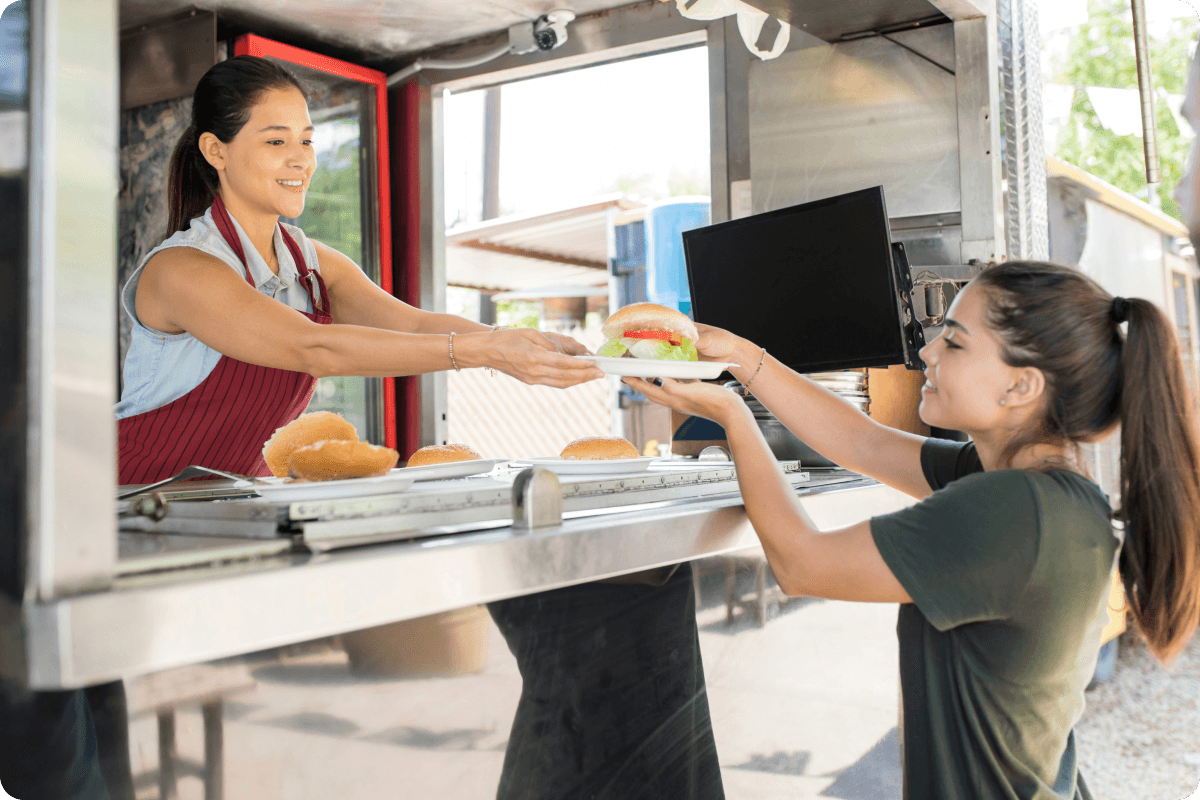Tipping is a common practice that has been around for centuries, especially in the food industry. It’s a way of showing appreciation for the service received and can significantly impact the income of hospitality workers. However, many might feel confused or uncomfortable when it comes to deciding how much to tip and when to do so. In this blog, we’ll talk tipping etiquettes, policies and how it works for the industry as well as the customer.
But first, let’s take a step back to how it all began.
The history of tipping
Tipping has a rich and varied history originating from the taverns of 17th Century England. It emerged as a way of rewarding excellent service provided by slaves and servants. The practice continued to evolve over time and became customary in the European hospitality industry during the Middle Ages.
When the custom of tipping reached America in the late 19th century, it was first met with resistance because it perpetuated the class system. However, the notion of tipping persisted and has now become a well-established practice in the food industry.
From tip prohibitions in China to repeat visits as a gesture of loyalty in Denmark, countries around the world have different ways to show appreciation today.
Why do we tip?
When we compare the national minimum wage in Australia ($21.38 per hour) to the US ($7.25 per hour), it’s enough to understand why American workers rely heavily upon tips, and why it’s customary for patrons to support them regardless of the service.
Australia’s national minimum wage is far more generous, making tips a bonus rather than a means of survival. And with the significant increase in cost of living this year, a tip on top of the ballooning bill could send some spending accounts over the edge.
How tipping works in the food hospitality industry
Tipping practices can vary depending on the establishment and the type of service provided.
Restaurants
In restaurants, it is customary to leave a tip of around 10%-20% of the pre-tax amount of the bill. If you received exceptional service, you might consider leaving a more substantial tip. Conversely, if the service was poor, you can leave a smaller tip or no tip at all.
In parts of the world, the tipping culture varies heavily with some countries having zero expectations around customers leaving money on the table for service. In saying that as tourism expands into these countries tipping has become more accepted.
Bars, pubs and lounges
In bars and lounges, you can tip your bartender or server by leaving a dollar or two per drink or a percentage of the total tab. Since drinks are generally less expensive than a full meal, many people find this method easier to calculate.

Food delivery services
When ordering food for delivery, you can tip the driver using the app or by including cash with the delivery. It is recommended that you tip the delivery driver between 5%-15% of the order total. However, if the weather conditions are severe or the driver had to travel a long distance, you can consider leaving a more significant tip.
Cafe and Coffee shops
At coffee shops, you are not necessarily required to tip. However, if you frequent a café and have developed a rapport with the baristas, you can consider leaving a tip every once in a while, as a token of appreciation. You can tip in cash or use the tip jar provided at the counter.
Catering services
When hiring caterers for events, it is customary to tip between 10%-20% of the total bill. You can include the tip in the contract, so it is accounted for in the overall cost.
Factors affecting tipping decisions
Given that tipping is interweaved with highly subjective factors such as cultural norms and merit, we may all come to a different decision on tipping. Here’s what might tip the scales.
The quality of the service: The most common factor that people consider when determining the tip is the quality of the service. If the service was excellent, you will likely want to tip more. On the other hand, if the service was subpar, you might choose to tip less or not at all.
Personal preferences: Some people have strong preferences regarding tipping. For instance, some people always tip the maximum amount, regardless of the service quality, as a way of supporting their local businesses and employees.
Cultural norms: Tipping practices can vary depending on cultural norms and traditions. Therefore, it’s essential to familiarise yourself with the local tipping customs of the area you’re visiting.
Financial situation: Your financial situation can also impact the amount you tip. You might decide to tip a higher percentage if you have the financial means to do so.
The impact of tipping on food industry workers
Tipping can have a significant impact on the income of food industry workers, especially servers and bartenders.
In many US states, the minimum wage for tipped employees is lower than the minimum wage for non-tipped employees. For tipped workers, tips make up between 25% to 75% of their income, which can make a significant difference in their take-home pay.
In Australia and New Zealand where the minimum wage for hospitality workers is more manageable for the cost of living, tipping is more of a nice-to-have. Consider a small gratuity as a gesture of appreciation.

Best tipping practices for hospitality businesses
If tipping feels like a challenge for customers, it’s even more of a tall order for business owners who need to ensure policies are in place for fair tipping. If you’re keen to incorporate tipping at your venue, here are some best practices:
1. Create a clear tipping policy
A well-defined tipping policy is crucial for setting the right expectations for your staff.
Your restaurant manager will need to create clear guidelines for how tips will be distributed. Some options include tip pooling, tip splits and tip sharing. Having this transparency from the start can prevent disputes and enhance team morale.
2. Communicate it to your customers
The work to incorporate tipping into your venue doesn’t end with staff communication, after all it’s your customer who will be tipping!
Hold training sessions to make sure your staff knows how and is empowered to explain the tipping process to customers. In Australia and New Zealand, where tipping isn’t as ingrained as in other countries, it’s vital to clarify that tips are a voluntary way to show appreciation rather than an obligation.
Alternatively, use signages around the restaurant or display the policy on your menu. A simple note like “Tipping is appreciated but not expected; all of it go directly to reward our dedicated staff serving you today!” will go a long way and help reinforce the priceless value of good service.
If your venue uses an online reservation system like Now Book It, you can also display these notes during the reservation process so customers can come prepared.
3. Leverage tools to manage tips for your venue
Consider implementing digital solutions for tip collection. Many POS systems today allow customers to add a tip during payment, or you can also lean on QR codes that allow customers to tip if they prefer to. This subtle prompt can encourage customers to leave tips at their will and convenience, without causing tipping fatigue.
Tipping in the food industry can be a complex and nuanced issue but understanding the basic guidelines can help you make informed decisions and ensure that you are treating service workers fairly.
If you’re a restaurant owner looking for more ways to keep staff happy, book a demo to learn how Now Book It can help upgrade your operation today.

